|
Only once a year do lions dance through the streets of Yangon. They dance to celebrate Chinese New Year, the festival that marks the turning of the Chinese calendar. Since January, we had been looking forward to participating in some of the festivities to mark one of Southeast Asia's biggest holidays. When the big day finally rolled around I was giddy with excitement at the uncertainty of what I would witness. The difficulty of finding out any information on any large event in Yangon meant that we did not know what was happening or when. All we knew was that it was Chinese New Year and we were headed to Chinatown. *For video footage of the Lion Dance scroll to the bottom of the page* Our 'go with the flow' attitudes paid off because as soon as we got downtown we heard drumming. We followed the loud banging and clashing of cymbals to the entrance of a hotel where there was a large crowd gathered. In the center we spotted our very first lion! It was a spectacular site, fluffy purple puffs were accompanied by gold and silver sequence that sparkled as the lion danced around. It was controlled by two extremely skillful and acrobatic performers, martial artists who train long and hard to receive the privilege of performing. A troupe of supporters from the same martial arts studio accompanied the lions in their dance. This lion was visiting the hotel in a customary tradition that involves performing a special dance called Cai Qing which means "plucking the greens." In this dance the lion must "pluck" greens from an area in the establishment. It stalks the greens like a cat in hunt and then eats them a bit before spitting them out (see the ground of the picture below). Along with the greens the lion will also "pluck" a red envelop which customarily contains money to compensate for the performance. The purpose of this is to bring good fortune to the establishment for the coming year. After our serendipitous find, we made the short trip over to Chinatown (which is between 20th and 18th street) to make our first official stop at the Chinese temple. I'm not sure how many Chinese temples there are in Yangon but I do know that this one is the largest and grandest. Bonus points if you recognize what the containers with sticks in them (right side of the picture set above) are ^ . If you don't know or don't remember, check out when we visited the Chinese temple in Bago and our friends Alex and Meme showed us how to use the traditional Chinese fortune telling sticks. As we were approaching the temple, we could smell it before we could see it. When we arrived there was a cloudy, smokey atmosphere that was so strong Kim had to stay outside. Come to find out, it was coming from all of these HUGE incense spirals. There were hundreds of these hanging up inside and outside of the temple, each one accompanied by a small purple tag. I couldn't read what was written on the tags but my guess is that it was a person's or family's name that donated to the temple. The main section of the festival was held on Sinn O Dann street and featured a Lion Dance competition. Although the signs said that there were Dragon dances we did not see any during our time. We were lucky enough to see a lion practicing his dance. This was exciting for me because I was able to get up close and grab these great shots of the lion in motion! We took a few hours as the day turned into night to wander the streets of downtown with our hearts set on our usual search: the quest for new, tasty food. This time we were hoping to try some special cuisine for the Chinese New Year celebration, maybe some Chinese food (?) but with no avail we settled for a tasty bowl of our favorite shan noodles instead. It's not just the lighting here, the picture above is of an actual golden watermelon. Bellow is a stall of small bite-sized candies that were all over the place during the New Year Festival. We left the vibrance of the night market and returned to the main festival to wait for the competition to begin. Sure to arrive early, we grabbed some seats (tiny plastic stools) on the sidelines and watched the small street fill in with more people than I could have ever imagined could fit in the space. After a long wait, a parade of all the competitors, some sort of performance that I think was the lion performers paying their respects to the temple or the association or someone, the dance finally began. There are many legends about how the lion dances began, my favorite involves a fierce creature named "Nain" who liked to terrorize villages and kidnap children. One year, a lion was stalking near a village when the Nain creature appeared. The lion attacked the Nain and frightened it away. After the lion also retreated, the villagers decided to make a costume of a lion to scare the Nain away if it were ever to return. The dance is accompanied by loud banging, music, and fireworks to continue to frighten the Nain. Since this the dance became a yearly ritual, the word Nain has become the Chinese word for Year. Happy New Year everyone!
0 Comments
Leave a Reply. |
Alisa & KimTwo expats living, teaching, and eating their way across this beautiful world Archives
October 2020
Categories
All
|


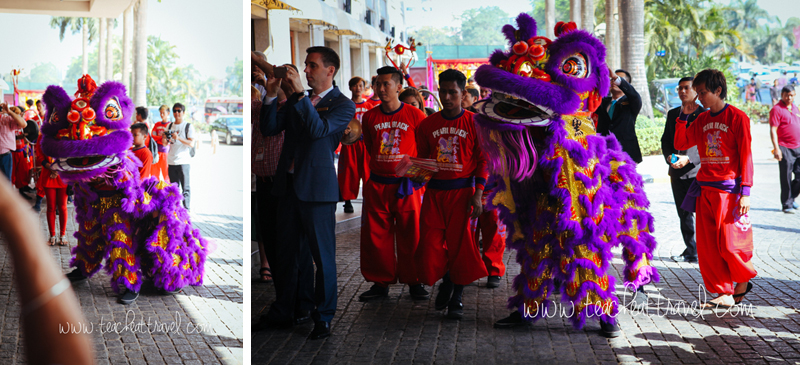
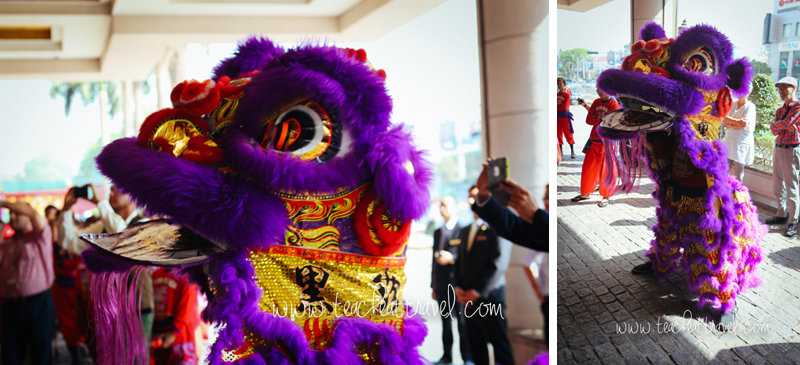



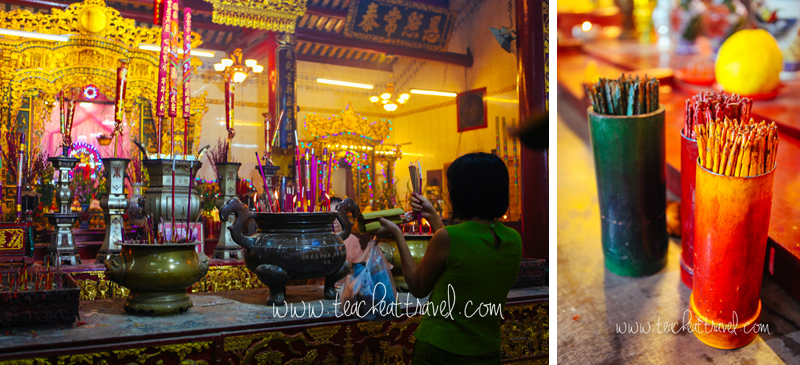
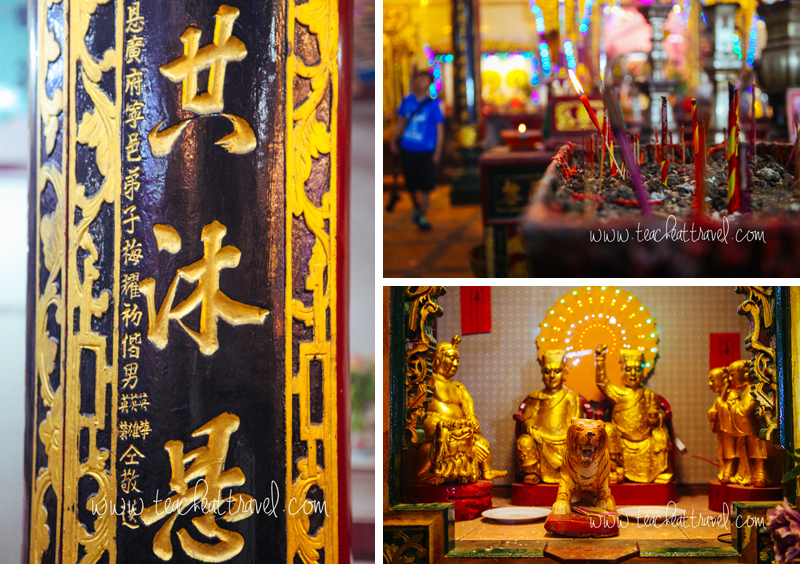
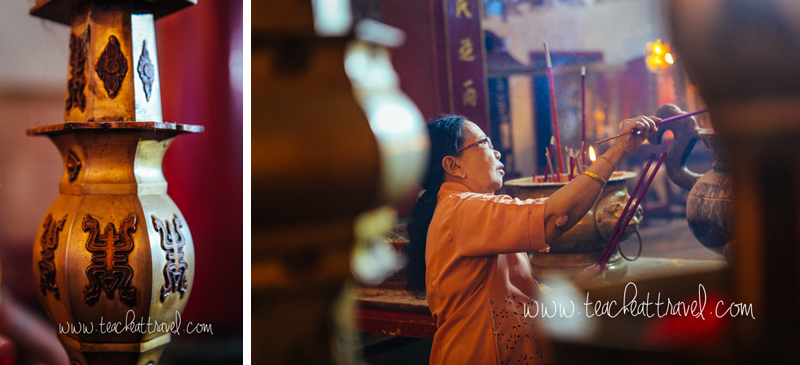
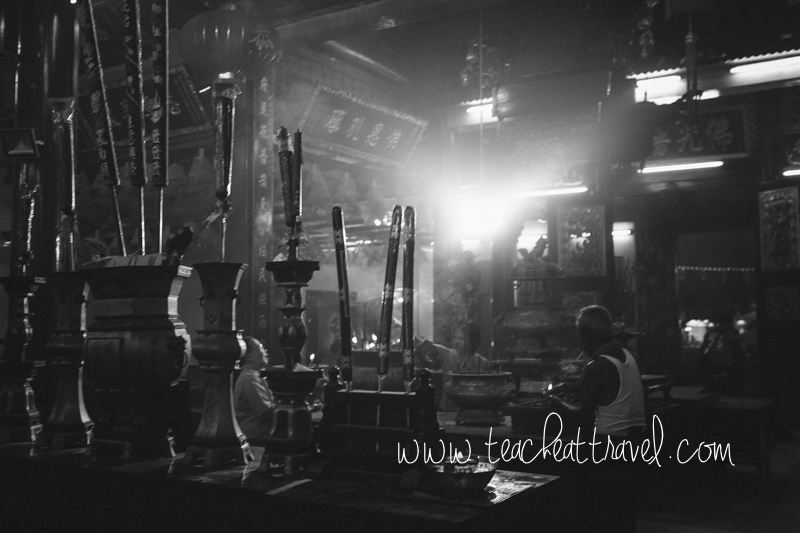





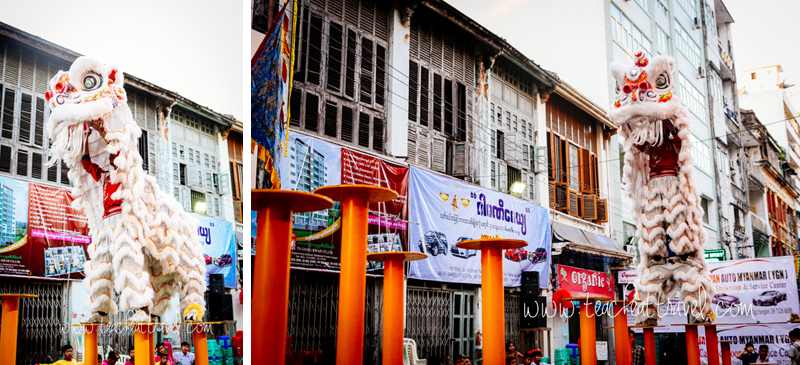
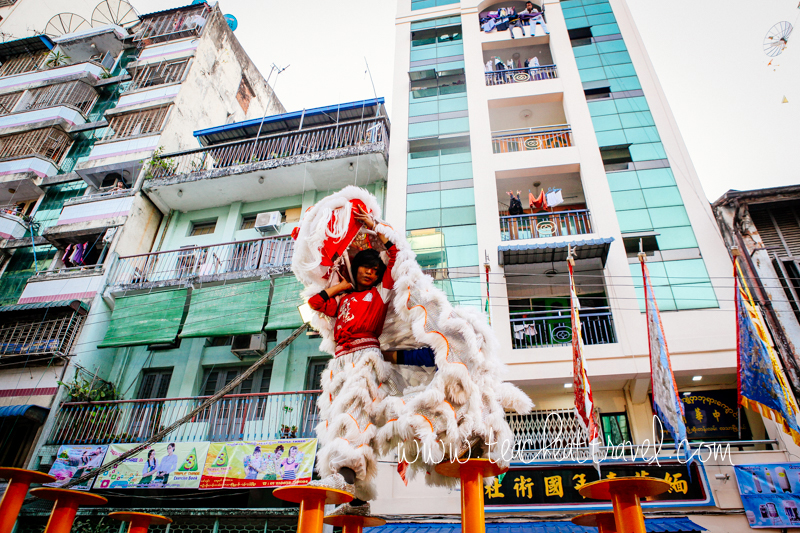
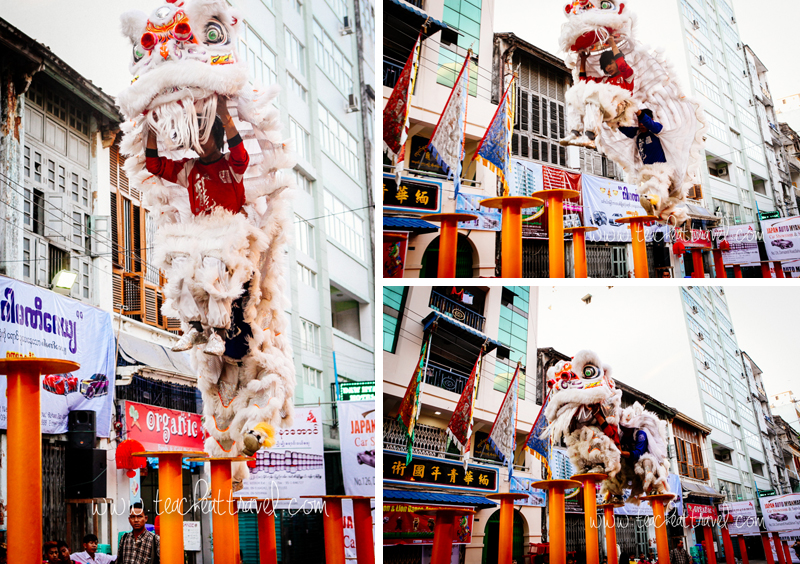


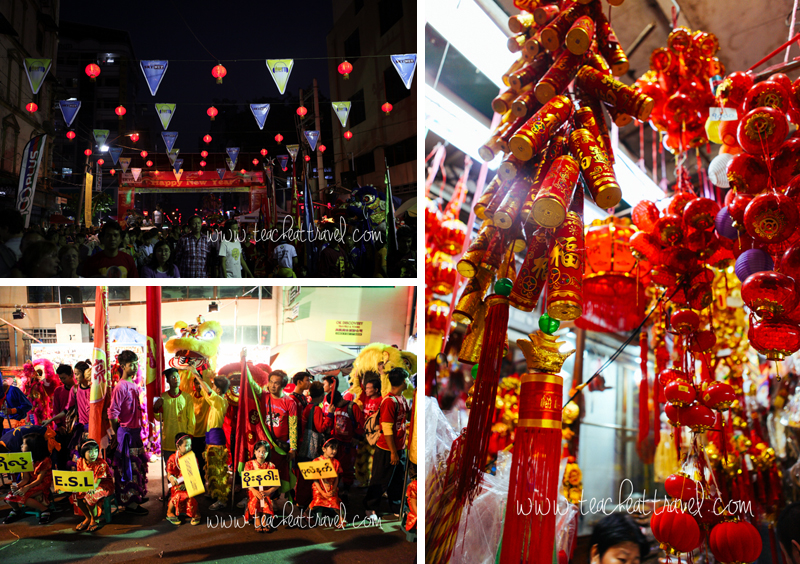

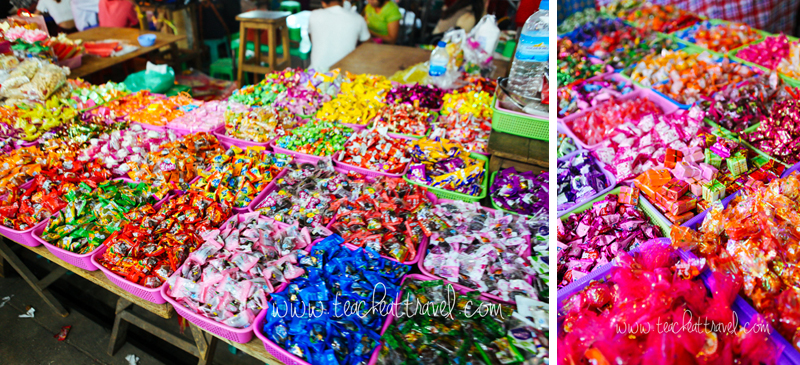

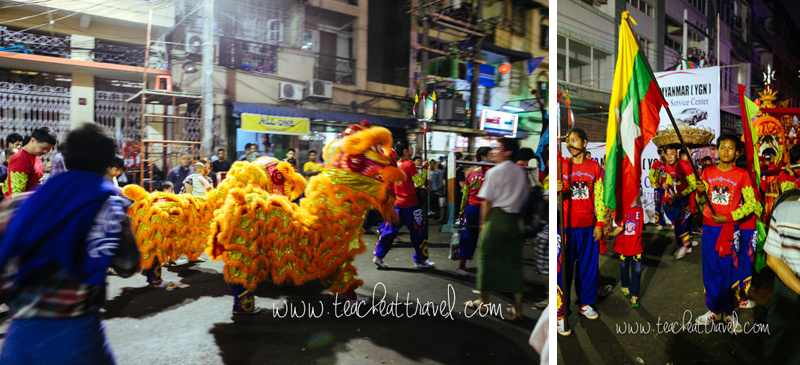
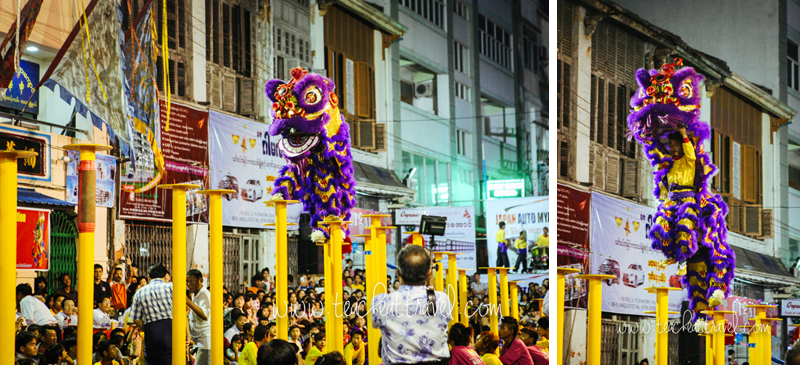
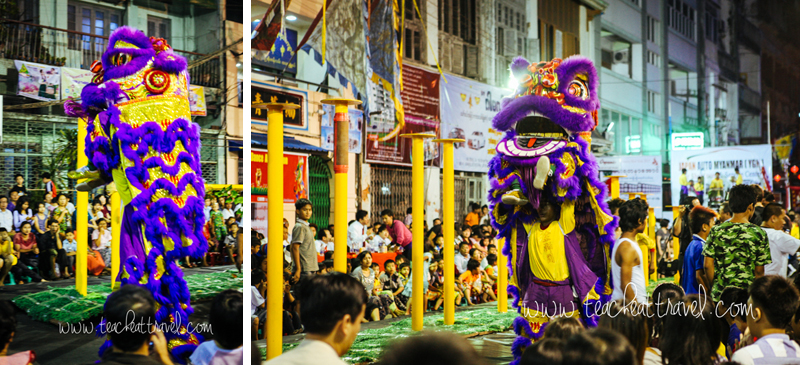



 RSS Feed
RSS Feed